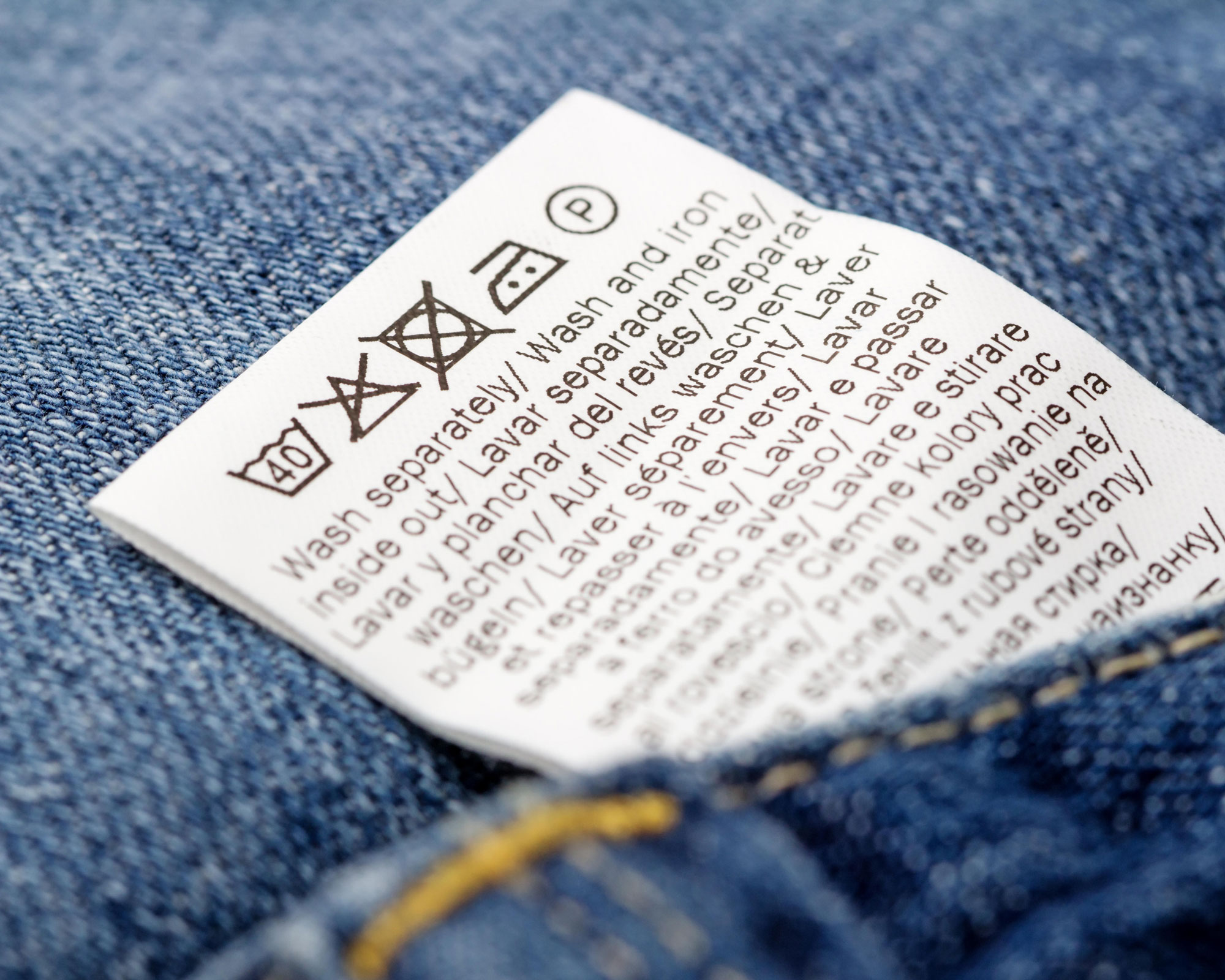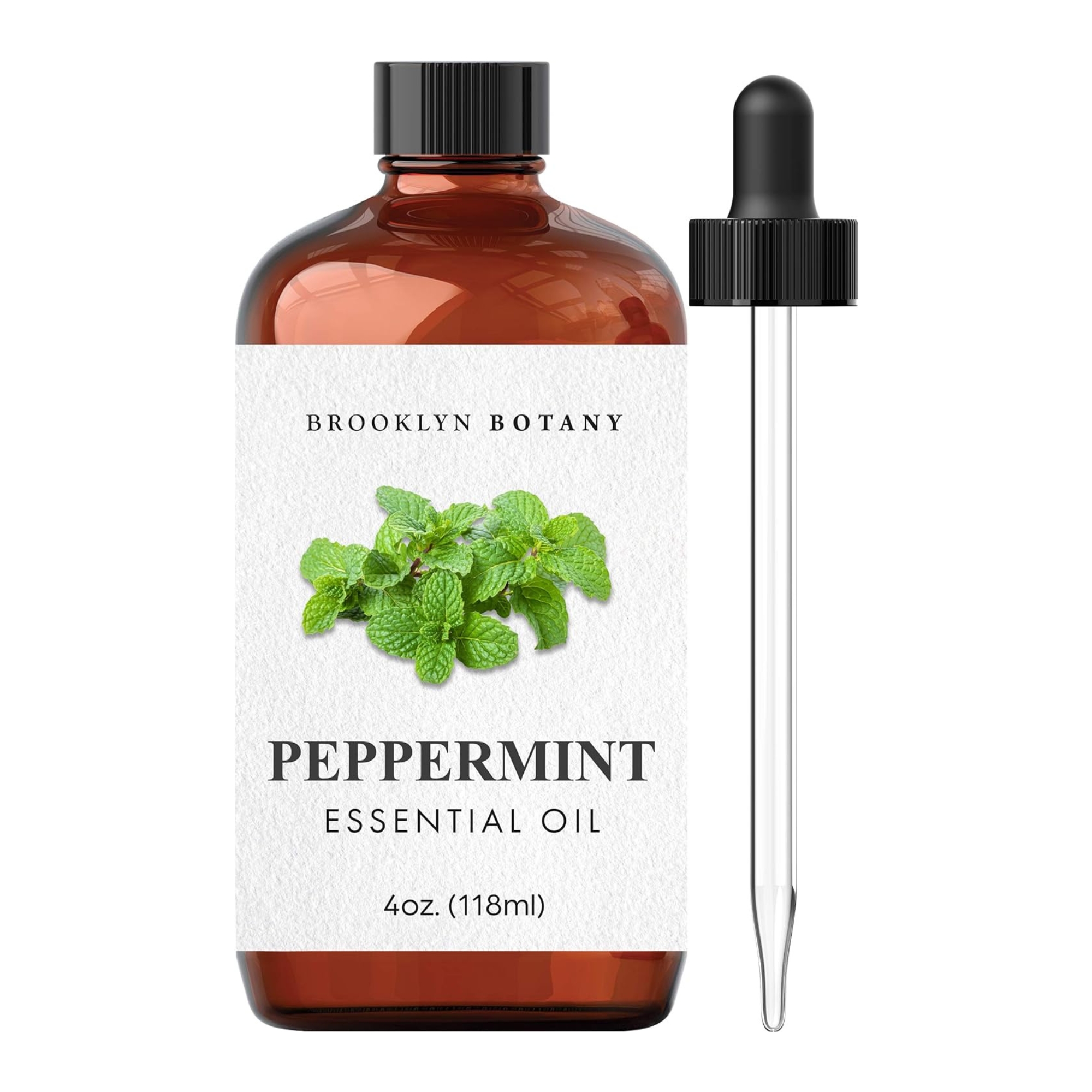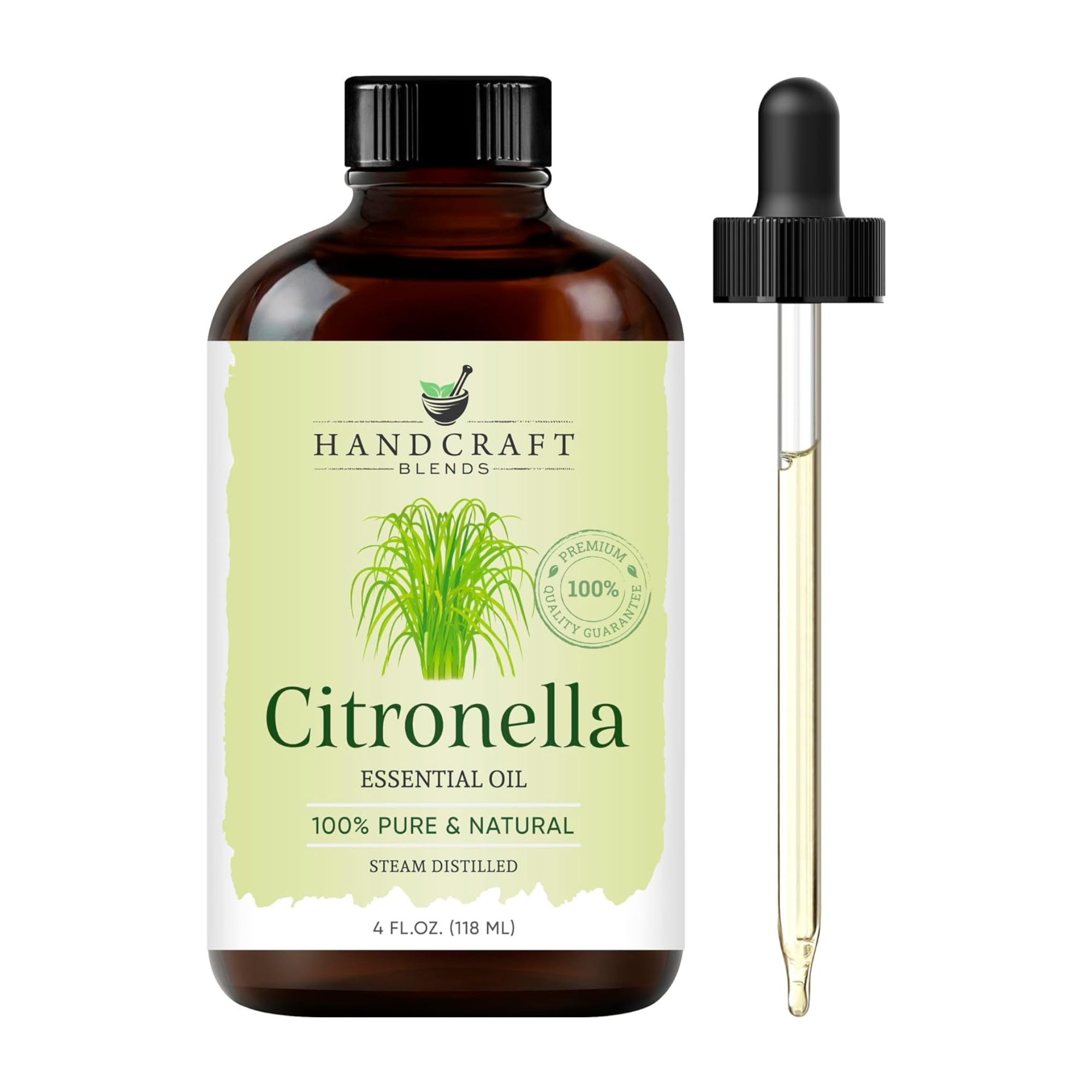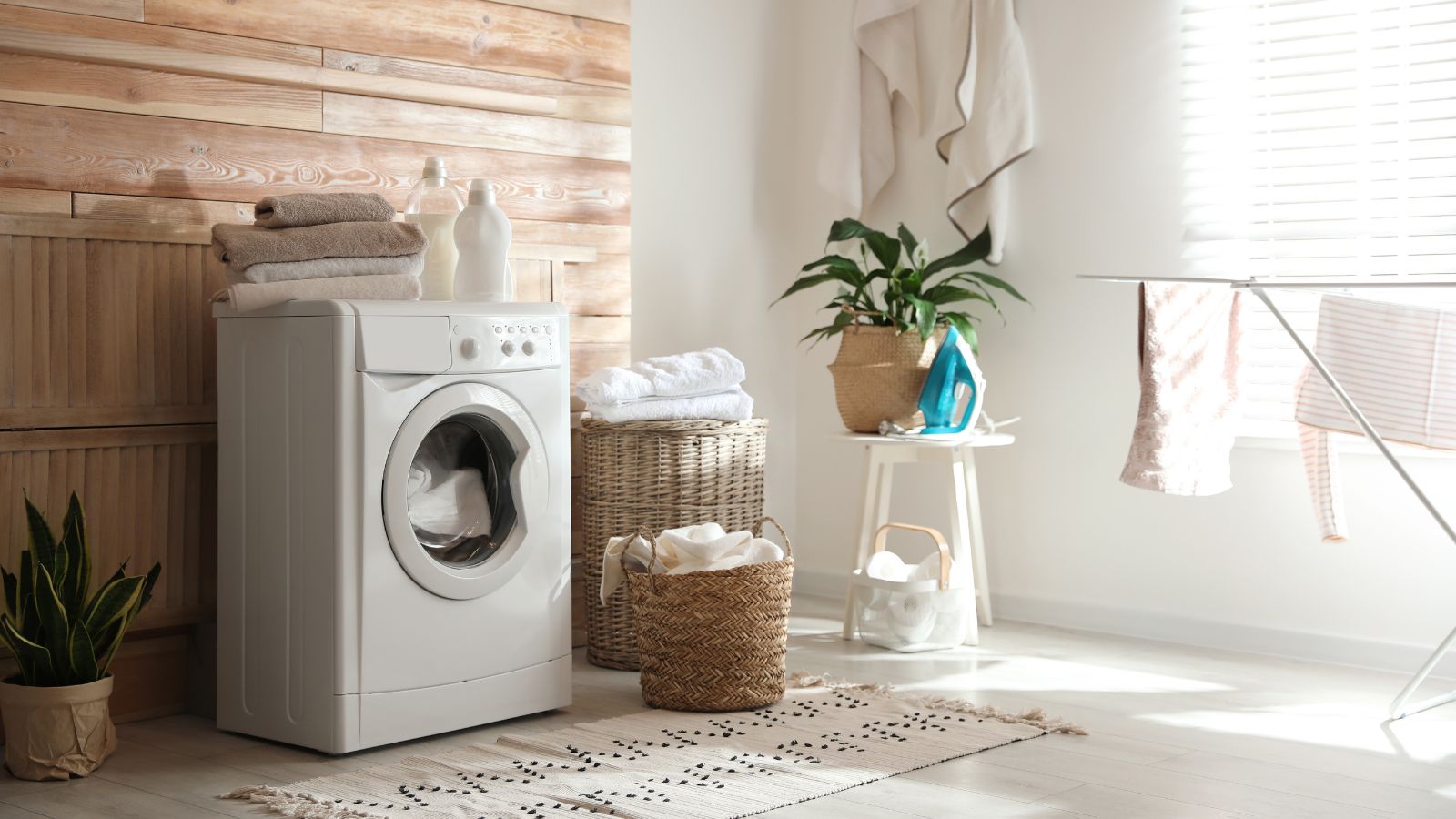How to wash viscose – 5 steps to keep yours super soft
Retain your fabric's quality with advice from our laundry experts


Known for its delicate, lightweight and breathable nature, viscose mimics the softness of natural fibers, making it a hugely popular material for our clothes and homes.
But keeping it in this state requires some knowledge and skill, as improper washing can easily cause viscose to shrink, lose its shape, or feel stiff. Our laundry experts reveal in this five-step guide the best methods for cleaning viscose while preserving its quality.
How to do laundry begins with understanding your fabrics. Whether it’s a viscose scarf, comforter, learn to wash this special fabric without ruining its famous softness.
Step 1: Check the label

Before washing any viscose item, check the care label. Some viscose fabrics are blended with other materials and may be machine washable, while others require hand-washing or dry cleaning to maintain their texture and fit.
Karina Toner, operations manager at Spekless Cleaning, says, 'Viscose can be delicate, and the label will guide you on whether it’s safe to wash at home or requires dry cleaning. You also want to pre-treat any stains prior to washing. Gently dab (don’t rub) them with a stain remover suitable for delicate fabrics, avoiding harsh chemicals.'
OxiClean Laundry Stain Remover Spray from Walmart is chlorine-free, color-safe and fast-acting. Always follow the care instructions for best results.
Step 2: Choose your wash method
The two most common and reliable methods for washing viscose are by hand or machine. Toner says, 'Hand washing is the safest approach. Fill a basin with lukewarm or cool water, and add a small amount of mild detergent designed for delicate fabrics.
'Submerge the viscose item and gently agitate it with your hands, swirling it in the water for about five minutes. Avoid scrubbing, wringing, or twisting the fabric, as viscose becomes weaker when wet.'
To finish, rinse the garment thoroughly with cool water until all detergent is removed.
If the care label indicates that machine washing is acceptable, use a gentle or delicate cycle. Place the viscose item in a mesh laundry bag to reduce friction with other garments, which can damage the fibers.
Toner recommends BAGAIL Mesh Laundry Bags, available from Walmart, which come in multiple sizes, and are suitable for both washer-dryers up to a heat of 140 degrees Fahrenheit.
Use cold water and a mild detergent, and avoid overloading the machine, as this can stretch or wrinkle the fabric. You can also drop in natural, essential oils — such as this Difeel Pure Essential Tea Tree Oil from Target — for a pleasant but not overpowering fragrance.
Salvador Villarreal, owner of dry cleaning specialists VIP Cleaners & Laundry, has more than 20 years' experience dealing with delicate fabrics. He says, 'To reduce wrinkles in viscose, spray it with a wrinkle releaser and refresher between washes. I'd also recommend dye-free detergents free of brighteners which damage viscose. Products with lanolin are great as they moisturize fibers during washing.'
Toner recommends Downy Crisp Linen Wrinkle Releaser from Walmart, which removes static and and comes with great reviews, as well as Eucalan Lavender Fine Fabric Wash from Amazon, which contains lanolin and is suitable for both hand and machine washing.
If in need of a machine, our guide to the best places to buy washer-dryers in 2024 will point you in the right direction.

Peppermint oil is a great choice to give your viscose that light lift. Sourced in India, this peppermint oil is natural and easy on fabrics — add a drop to your wash and enjoy the fresh scent.

Prefer something a little earthy? Eucalyptus oil has a bold, herbal smell that many find relaxing — ideal for those viscose garments or bedsheets, helping to keep your bedding fresh.

This 100% natural, pure Citronella is a great choice if you're looking for a bright and fresh smell in your laundry, cupboards and drawers. The lemony, grassy aroma comes with great reviews.
Step 3: Drying viscose
Viscose should never be wrung out or tumble-dried, as it can easily lose its shape or shrink.
Toner says, 'After washing, gently press the fabric between clean towels to remove excess water. Don’t twist or wring the fabric, as this can cause damage. Lay the item flat on a clean, dry towel. Reshape it to its original form, and avoid direct sunlight or heat, as this can cause shrinkage, stiffness or fading.'
Toner recommends this Leifheit Pegasus V 190 extendable Bathtub Dryer from Amazon, saying, 'This sturdy drying rack offers plenty of space to lay viscose items to dry, preventing shrinkage and maintaining shape.'
Our guides for how to dry clothes at home and how to dry a weighted blanket are full of handy tips to keep your material in great condition.
Villarreal adds, 'Fluff items in the dryer, then air dry completely. Viscose fabric should never be tumbled dry as the heat will cause damage.'
Step 4: Ironing viscose
Viscose wrinkles easily, so ironing may be necessary. To prevent scorching or shiny marks, turn the garment inside out and use a low heat setting.
For best results, press the fabric while it is still slightly damp, or use a steamer to smooth out wrinkles without direct heat.
Toner recommends the Pure Enrichment PureSteam Portable Fabric Steamer from Amazon, which is lightweight, easy-to-use and safe on viscose.
Step 5: Adapting to different fabrics
Viscose is often used in different types of garments and home textiles, each with its own care considerations.
- Clothing: For viscose dresses, blouses, or skirts, hand-washing is usually best. If machine-washing is allowed, use a delicate cycle and take care to reshape the garment while drying.
- Scarves and Accessories: Hand-wash delicate viscose accessories in cool water, and lay flat to dry. Avoid ironing unless necessary, and always use a protective cloth between the iron and fabric.
- Curtains: Viscose curtains should be hand-washed or dry-cleaned, depending on the care label. If hand-washing, use cool water and avoid stretching the fabric while wet. Toner says, 'Remove the curtains and shake them out to remove dust. Hand wash in a bathtub or large basin with cold water and mild detergent. Curtains are often large and can be cumbersome, so be patient. Avoid wringing; let them drip-dry on a shower rod or drying rack.'
- Bedding or Blankets: Viscose bedding may be machine-washed on a delicate cycle with cool water, but take care not to overload the machine, as this can cause the fabric to stretch. Always air dry.
FAQs
Does viscose shrink when washed?
Yes, viscose can shrink when washed, particularly if exposed to heat. Toner says, 'Always wash in cold water. We also don’t recommend tumble drying viscose pieces, as the heat can cause shrinkage and damage. Air drying is best.'
Can you bleach viscose?
No, you should never bleach viscose. Bleach can weaken and damage the fibers, leading to discoloration and breakdown of the fabric. Stick to mild detergents designed for delicate fabrics.
Why does viscose feel stiff after washing?
Viscose can become stiff if it is not washed and dried properly. Air drying in a stretched position, exposure to heat, or the use of fabric softeners can all cause stiffness.
Toner says, 'If viscose dries too quickly or is exposed to heat, it can become stiff. To soften, steam the item lightly.'
How can you soften viscose after washing?
To soften viscose after washing, you can lightly steam the fabric or iron it on a low setting while it’s still damp. Avoid using fabric softener, as this can coat the fibers and cause stiffness.
So there you have it — how to wash viscose in five simple steps. With proper care, viscose will remain soft, breathable, and comfortable, ensuring your garments look and feel great for years to come.
Next, check out our guide on how to wash towels — the right way.
Sign up to the Homes & Gardens newsletter
Design expertise in your inbox – from inspiring decorating ideas and beautiful celebrity homes to practical gardening advice and shopping round-ups.

With more than a decade of experience writing news, lifestyle, consumer, and human interest articles for a wide range of national and international publications, Andy is a highly-qualified journalist writing features for the national press. From front porch to backyard, attic to basement, Andy has written about every area of the home. He specialises in bringing together the best industry expertise to answer all of your most pressing home and garden questions about seasonal and everyday cleaning, decluttering, organizing and DIY.
-
 What is cozymaxxing and have you tried it yet? Here are 7 ways to embrace the trend and create an oasis of calm
What is cozymaxxing and have you tried it yet? Here are 7 ways to embrace the trend and create an oasis of calmExperts reveal how to take the cozymaxxing trend from social media into your home with color, texture, lighting and natural materials
By Emilia Hitching
-
 Mid-century modern bedroom ideas – 9 ways to channel this classic style with a current and contemporary feel
Mid-century modern bedroom ideas – 9 ways to channel this classic style with a current and contemporary feelThis timeless interior design style is defined by organic shapes, earthy neutrals, and a focus on functionality, qualities that make it a great choice for a bedroom
By Lilith Hudson
-
 How to dry a duvet without a dryer – to reduce energy costs, protect your appliance, and save money at home
How to dry a duvet without a dryer – to reduce energy costs, protect your appliance, and save money at homeYou don't need a tumble dryer for fresh and fluffy bedding, laundry experts assure
By Ottilie Blackhall
-
 My cheap dehumidifier makes easy work of air drying laundry indoors despite the humidity of spring showers – get yours on sale for just $49 now
My cheap dehumidifier makes easy work of air drying laundry indoors despite the humidity of spring showers – get yours on sale for just $49 nowIt's useful for lots of things around my home
By Punteha van Terheyden
-
 Looking for a natural laundry-softening alternative? I'm a professional cleaner and it's time to ditch synthetic ones for 5 non-toxic softeners that work
Looking for a natural laundry-softening alternative? I'm a professional cleaner and it's time to ditch synthetic ones for 5 non-toxic softeners that workRefresh your laundry routine with these fabric softener alternatives
By Karina Toner
-
 Unlock the magical mold-killing and stain-busting superpower of this humble household ingredient that costs just 50 cents
Unlock the magical mold-killing and stain-busting superpower of this humble household ingredient that costs just 50 centsIf you have aspirin in the house, you can use it to banish mold
By Ottilie Blackhall
-
 5 warning signs you're using the wrong amount of detergent – avoid greasy residue, stiff fabrics and skin issues with these simple cleaner-approved tips
5 warning signs you're using the wrong amount of detergent – avoid greasy residue, stiff fabrics and skin issues with these simple cleaner-approved tipsPlus, why it's important to get the amount just right
By Ottilie Blackhall
-
 Laundry experts reveal 7 unexpected washing rules you can throw out the window – from separating fabrics to mixing whites and colors
Laundry experts reveal 7 unexpected washing rules you can throw out the window – from separating fabrics to mixing whites and colorsForget everything you thought you knew
By Ottilie Blackhall
-
 Using this button on your washing machine will cut your bills and help the planet
Using this button on your washing machine will cut your bills and help the planetA single switch can make a load of difference
By Chiana Dickson
-
 Experts reveal the 5 toxic items lurking in your laundry room – and what to swap them with for a healthier routine
Experts reveal the 5 toxic items lurking in your laundry room – and what to swap them with for a healthier routineFor a room focused on cleaning, some of its items can be surprisingly toxic
By Chiana Dickson